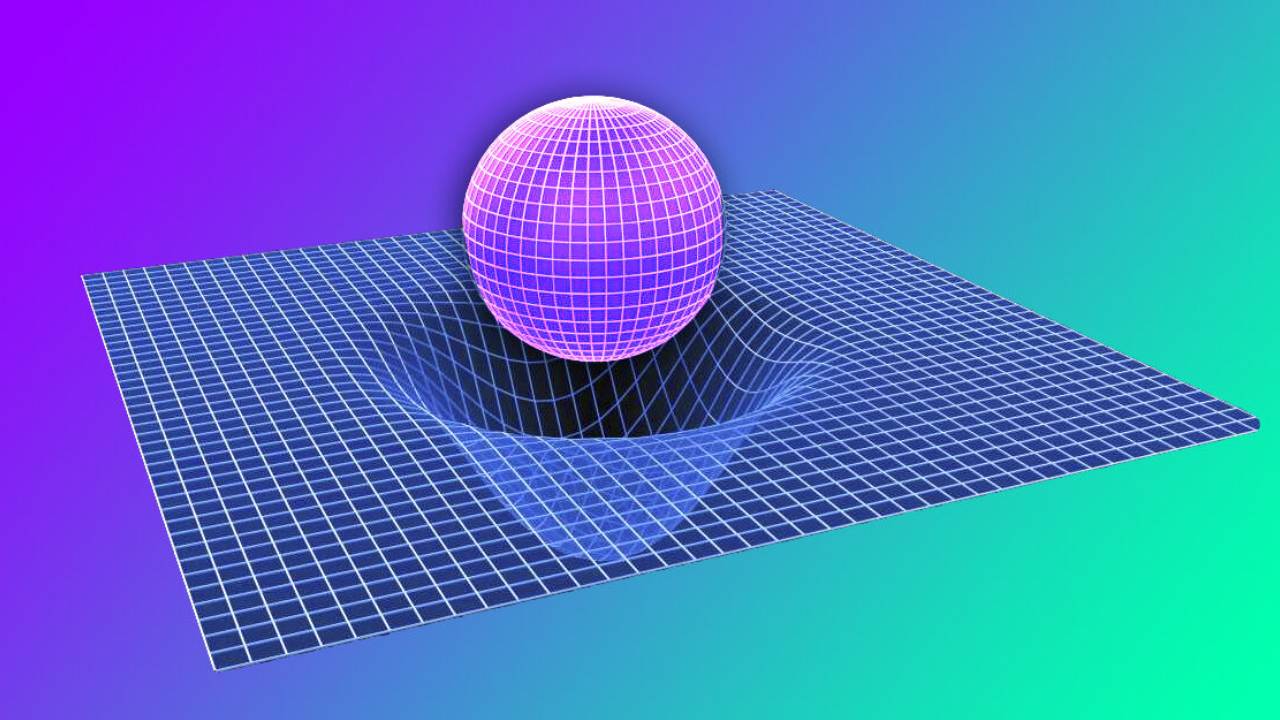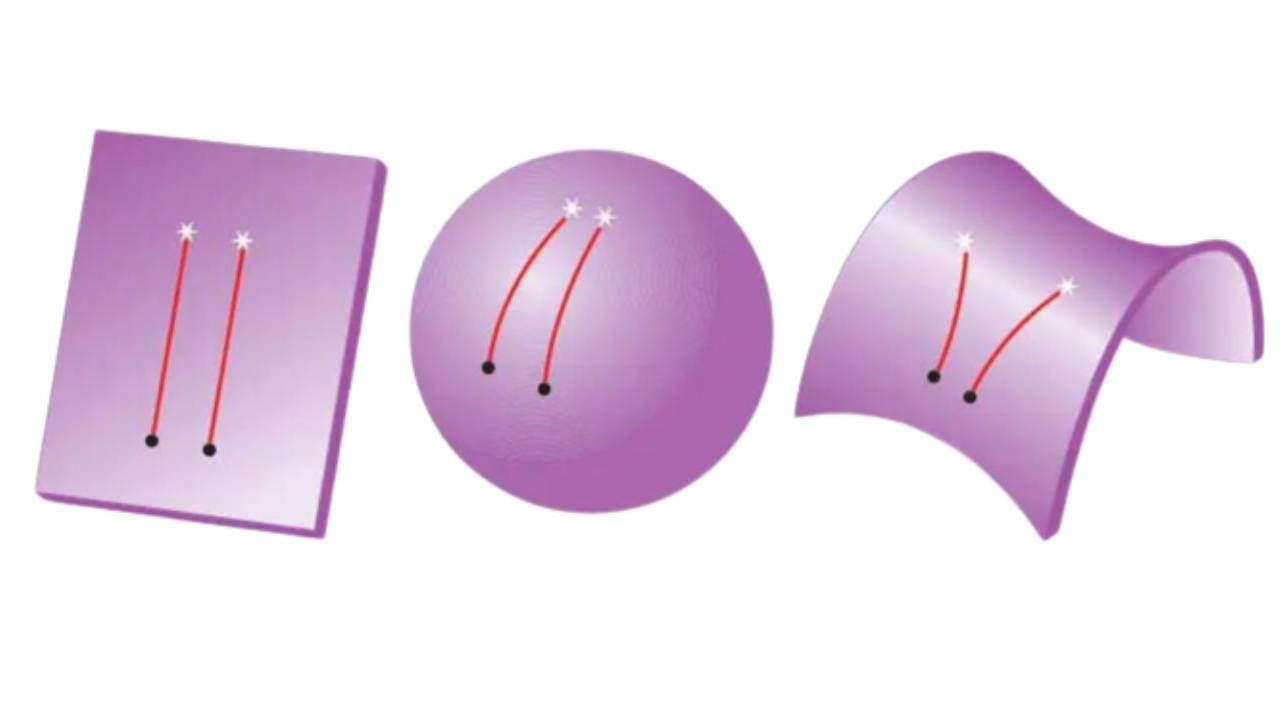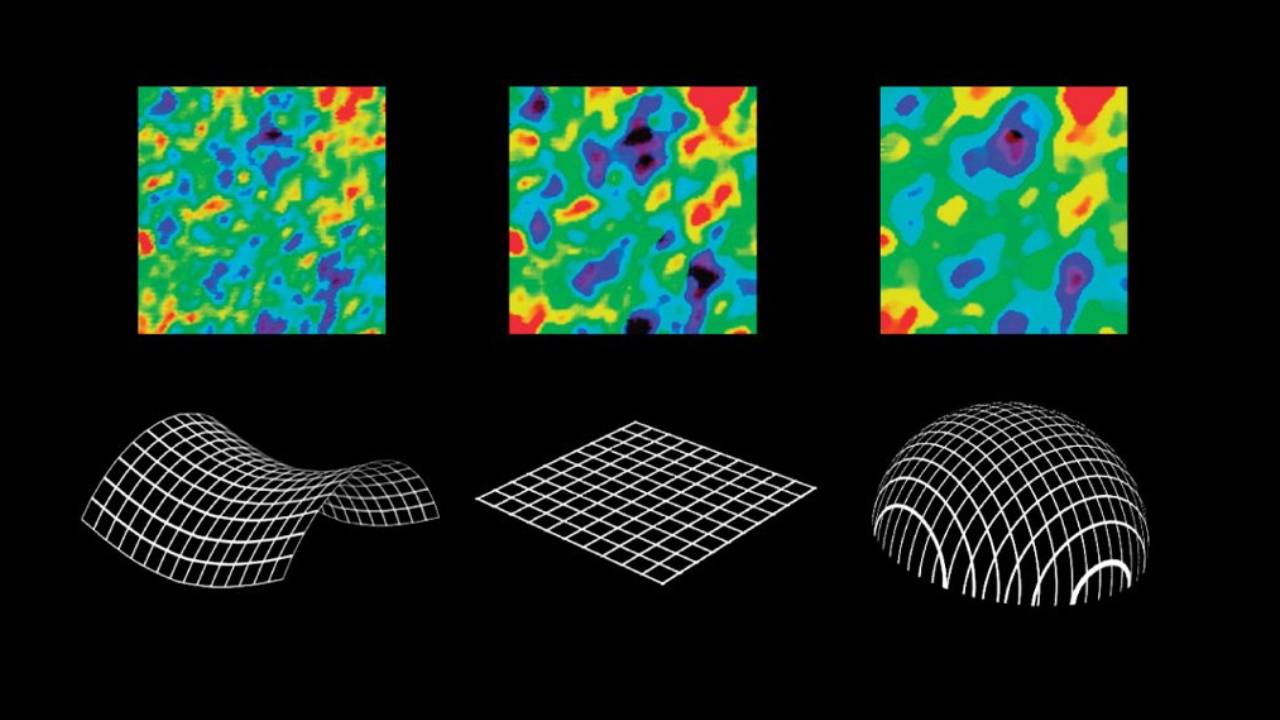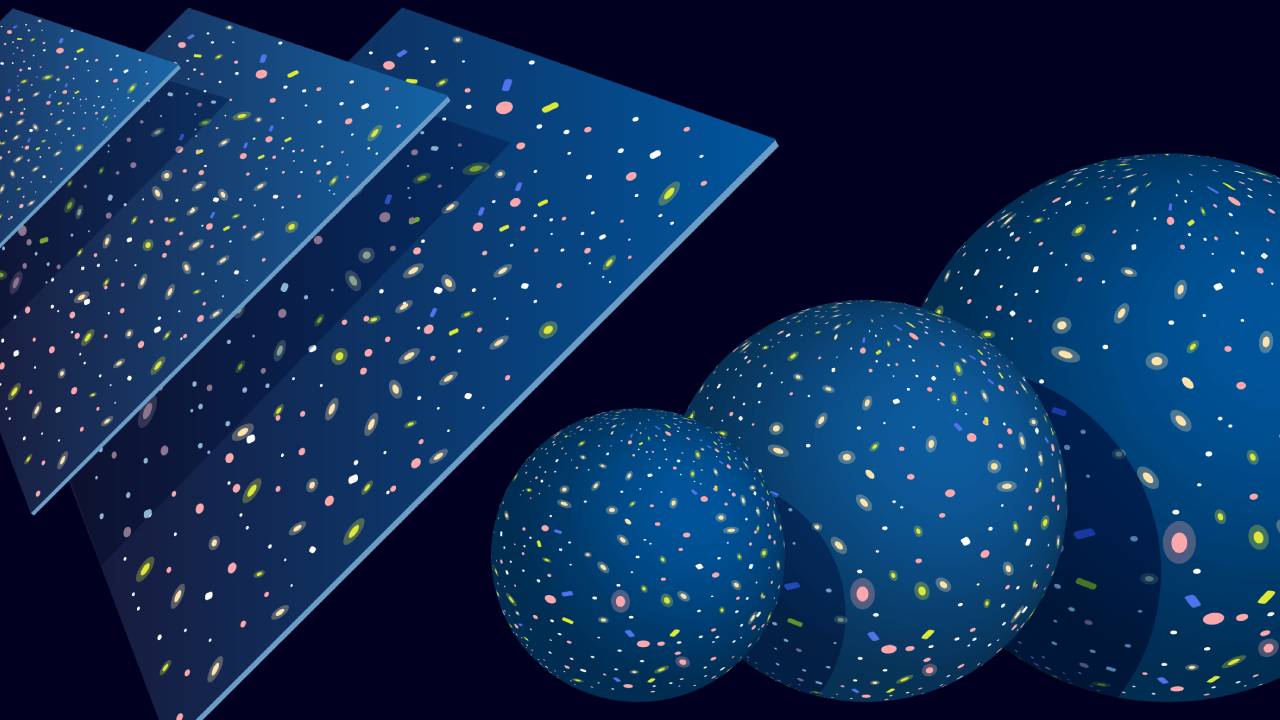Have you ever wondered about the shape of the universe? We know that the celestial bodies in space are spherical, because of this association, you may have thought that the universe was like that. But when it comes to the universe, it’s not quite what you think.
We use the word universe very often with different meanings. I think when you think about its meaning, it is possible to understand better why we use it so often… The literal meaning of the word and what it means scientifically containing space, time, space, matter and energy; encompassing all celestial bodies and all that exists let’s say it’s a structure.
In other words, you and I, on the internet, from where you sit to the stars that you can’t see at night but can only imagine. everything is part of the universe. So if we got away and looked at the universe from an angle where we could see the whole of it, what shape would we see? Is the universe spherical like a planet or star? Or is it flat as a sheet of paper? Maybe it’s neither…
It is difficult to find the shape of the universe when you cannot and will never be able to see the whole universe, and some question marks arise from time to time.
The question of what the shape of the universe is is a compelling subject that has been researched for many years, calculated and examined with various data. because the universe is so big We can only observe a very small part of it.
In fact, if you are interested in these issues, you often come across ‘observable universeYou may have heard that there is a term called ‘. So there is a part of the universe that we can never observe. Why? Because the universe is constantly expanding and there will come a time when When we look from the world, we will be so empty that we can’t see anything around…
As you can imagine, it is very difficult to determine the shape of a structure with such a size that it is impossible to observe. luckily some scientific methods This makes the job relatively easy.
What could the shape of the universe be?

Science has three basic options for this question;
- like a paper it can be straight.
- A sphericalmay have a positive curve.
- A saddlemay have a negative curve.
Why does the shape of the universe have to be one of these three? you may be asking. Here it is activated general relativity it is entering. According to general relativity mass bends the space-time structureThe shape of the universe becomes related to the amount of mass it contains and the naturally applied gravitational force.
We can also say: Density of all energy and matter in the universe how much it tilts the universe, how much will it tilt? The answer to this question reveals the three options we listed above.
Now that we’ve learned about the options, what do these options mean?

The universe is flat, spherical or horse-like what exactly does it mean? Let’s briefly explain the question;
in the universe imagine two rockets starting to fly side by side. If the universe is flat, these two rockets could continue to fly parallel to each other forever. In a closed spherical model, the two rockets will first move away from each other, but eventually returning to where they started they will meet again. If the horse is in a saddle-shaped universe, after a point their paths will diverge and never meeting again they will go on forever.
Let’s come to the conclusion; What is the shape of the universe?

To understand the shape of the universe, scientists cosmic microwave background radiation they use data. We can explain this concept, whose name seems a bit confusing, as follows; When the universe first formed, it was very dense and hot. However, over time this situation changed, density and temperature decreased. As the temperature drops and the density decreases Photons, the basic unit of light, became more mobile. It took 380,000 years for this to happen. The cosmic microwave background radiation is simply We can say that ‘light’ that started its journey 380 thousand years after the big bang and reached us.
This is the light that lasts for 13.8 billion years. detecting how much deviation you experience and calculating the density causing the deflection helps scientists determine the shape of the universe.
According to the obtained data and many repeated calculations that the universe is flat/almost flat with very small margins of error is expressed. The rate usually given is that the universe is 99% likely to be flat.
In fact, another study published in the past years, again using the cosmic microwave background radiation data, shows that the detected deviations too much to prevent the universe from being flatHe claimed that the universe could be a closed system in the shape of a sphere. However, this different point of view has been supported by the different studies that followed. when the flatness of the universe is reaffirmed left behind.
Still, scientists are trying to solve many mysteries of the universe that we do not fully understand, such as dark matter and antimatter, and while we say 99% of the probability that the universe is flat, They never ignore the possibility that it is not 1%.
What would happen if we knew the shape of the universe, what would happen if we didn’t…

Knowing the shape of the universe from the formation of the universe to its structure, It affects everything from the answers to the questions such as the end and the beginning.
For example, as we explained above, if the universe were spherical rather than flat, everything would one day return to the point where it started. In other words, the universe that expanded with the big bang would perhaps be a small dot again… What does it mean? It’s hard to even imagine… In other words, the shape of the universe significantly affects the way we understand the universe. This gives scientists enough reason to know the correct shape.
Resources. Space.com/Paul M. Sutter, Dr. Eleonora Di Valentino, nature.com, phys.org, Scientific American, astronomy.com, space.org
